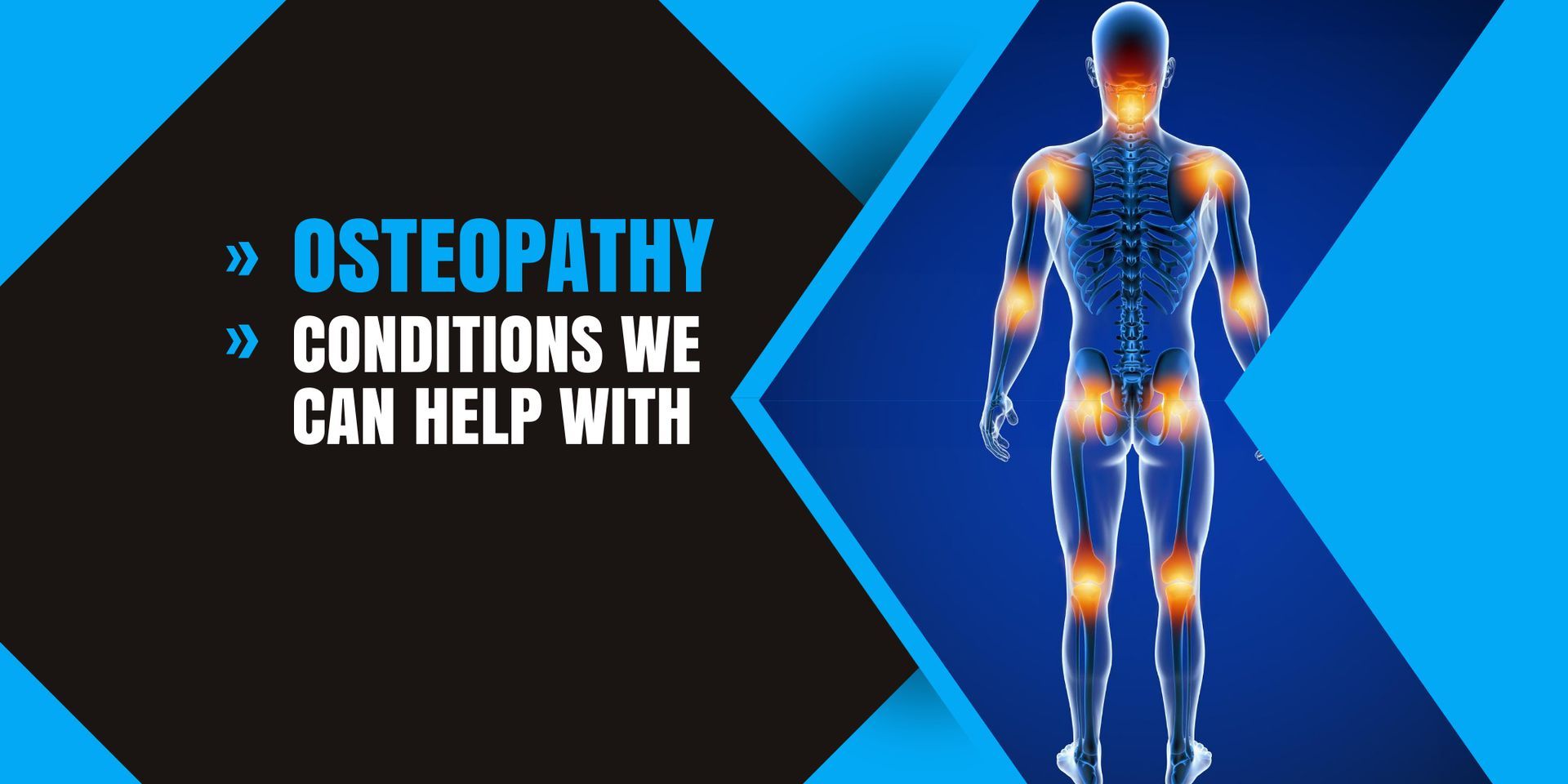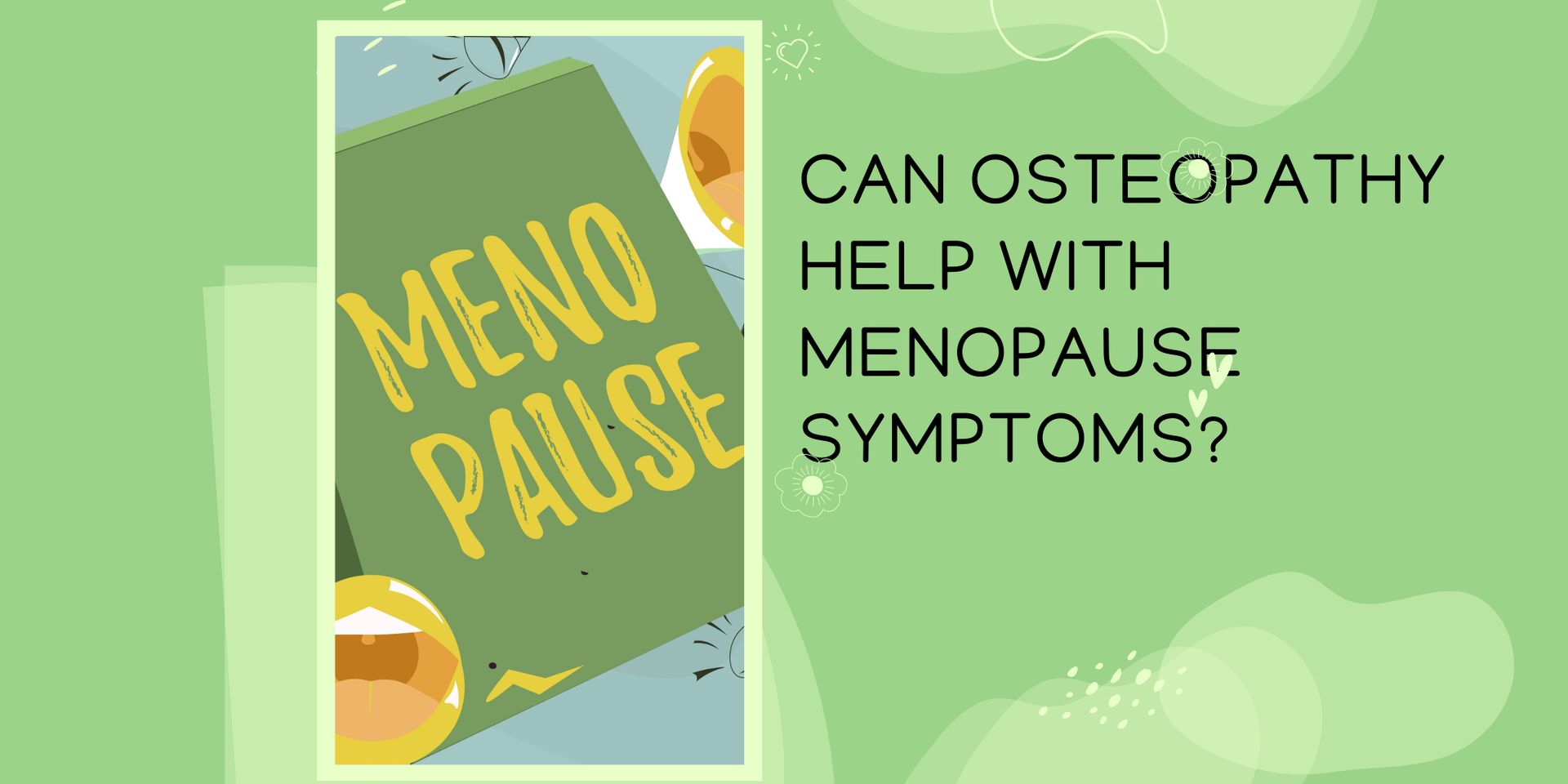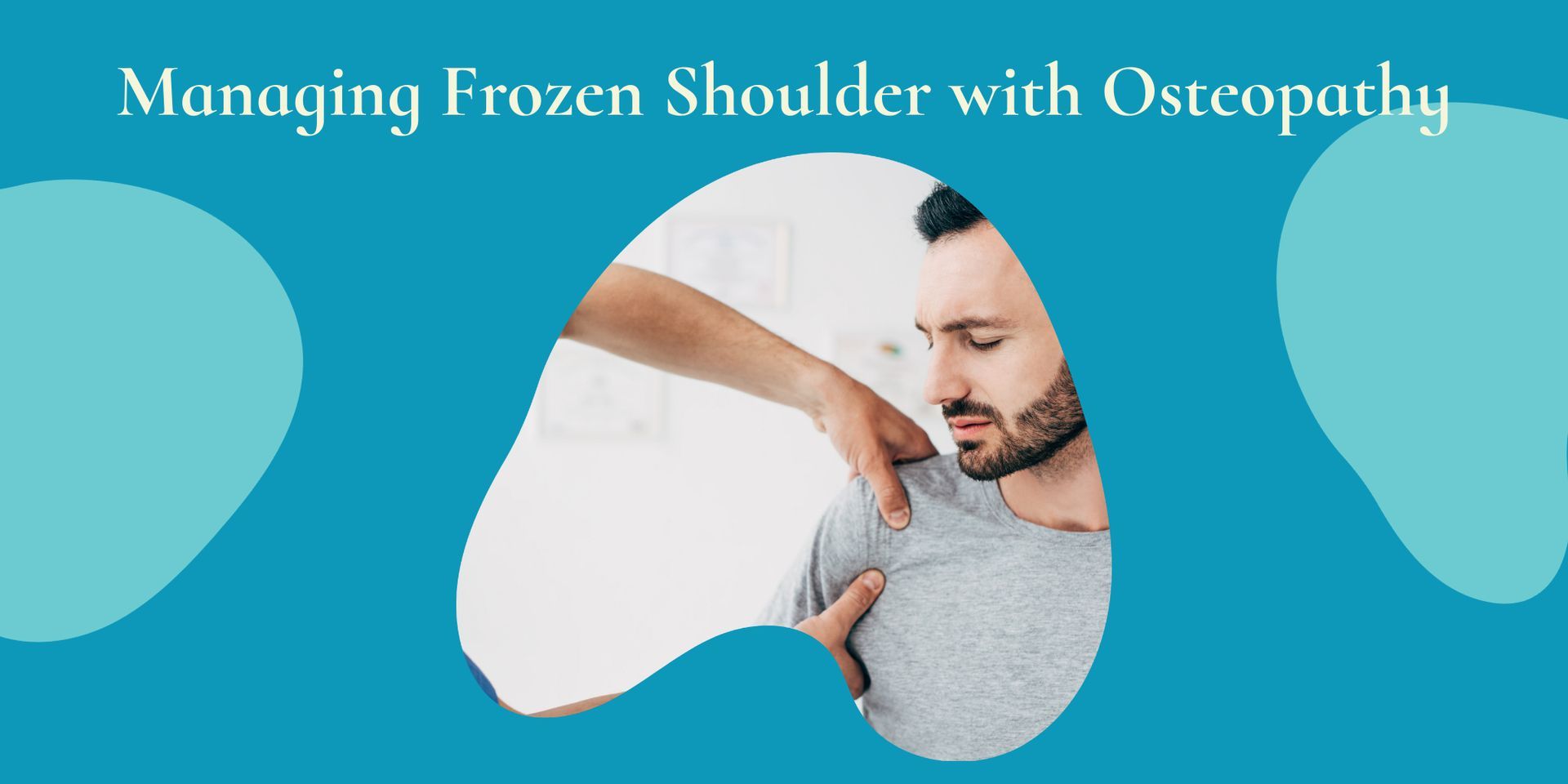Can Osteopathy Help Relieve Headaches (and the Stress They Bring)?
For many people, headaches come with tension, fatigue, irritability or even anxiety
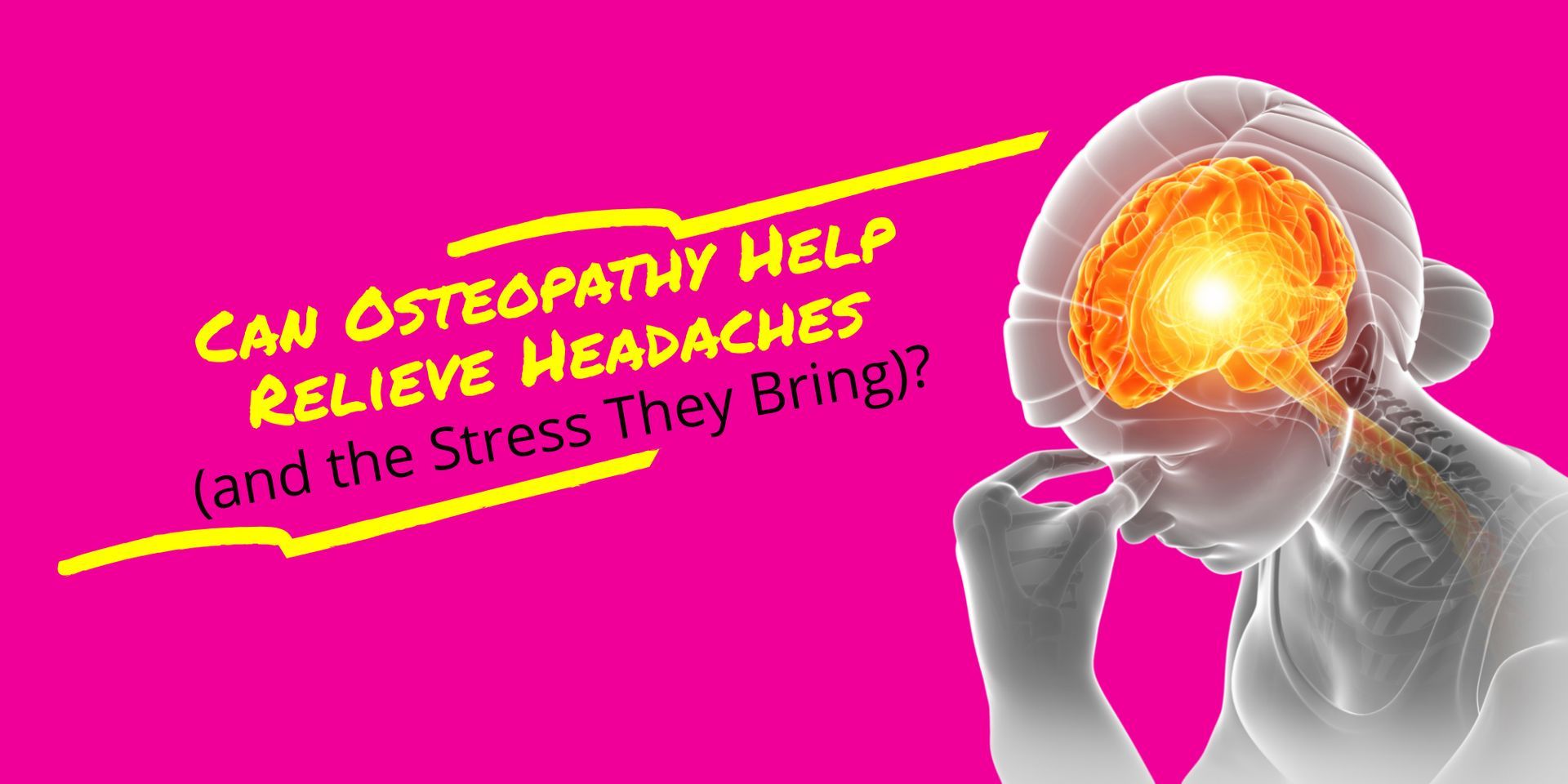
Headaches can be more than a nuisance. For many people, they come with tension, fatigue, irritability or even anxiety about when the next one will strike.
It’s natural to ask: can osteopathy help not only ease the headache itself, but also reduce the stress and cycle around it?
At Parkstone Osteopaths, we believe the answer is yes — with caveats. Below, I’ll explain how osteopathy may help, what to expect, and when to seek other medical advice.
Understanding Headaches and Their Causes
Before diving into how osteopathy may help, it’s useful to understand what types of headaches are common and what drives them. Some frequent types include:
- Tension-type headaches — often described as a band-like tightness across the forehead or back of the head. These are linked to muscular tension, posture, stress, and sometimes jaw or neck strain.
- Cervicogenic headaches — headaches originating in the neck structures (spine, joints, muscles) that refer pain to the head.
- Migraines — a more complex neurological condition with sensitivity to light/sound, nausea, and aura in some cases.
- Cluster headaches, sinus headaches, medication-overuse headaches, etc. — less common or specific causes which may not always respond to manual therapies.

Because osteopathy works with the musculoskeletal system (bones, joints, muscles, fascia, nerves, circulation), the kind of headache that tends to respond best is one with a mechanical-muscular component: tension, neck strain, joint stiffness, poor posture, and stress-driven muscle holding.
In short: if your headaches are purely vascular or neurological (e.g. severe migraines, cluster headache), osteopathy might play a supportive role, but not necessarily be a primary cure.
How Osteopathy May Help with Headaches
Here are the key mechanisms by which osteopathic treatment can support headache relief:
1. Reducing Muscle Tension and Trigger Points
Tension in the neck, scalp, upper back or jaw muscles often contributes to headaches.
Osteopaths use soft tissue techniques, stretching, myofascial release and trigger point work to ease this tension, reduce local ischaemia, and promote better muscle function.
2. Improving Joint Mobility in the Neck and Upper Spine
Stiff joints in the cervical spine or upper thoracic region can irritate nerves or strain surrounding muscles.
Gentle mobilisations and manipulations (where safe and appropriate) can improve movement, reduce mechanical stress, and ease referral pain.
3. Enhancing Postural Balance and Alignment
Poor posture — desk work, screen time, slouching — can place chronic strain on neck muscles and spinal structures.
Osteopathy often includes postural assessment and advice, working to correct imbalances, strengthen supporting muscles, and reduce ongoing mechanical load that might trigger headaches.
4. Facilitating Better Blood Flow, Lymphatics & Nerve Function
By relieving restrictions, osteopathy may help improve circulation (blood and lymph) and reduce nerve compression or irritation.
These effects can lessen local inflammation and improve tissue health.
5. Encouraging Relaxation, Stress Relief & Self-Awareness
A big part of chronic headache is the tension-stress interplay. Treatment sessions can be calming, and osteopaths often advise relaxation techniques, breathing, stress management and ergonomic change.
Helping a patient become more attuned to triggers (sleep, hydration, posture, work breaks) is part of holistic care.
What to Expect in Treatment
Here’s roughly how a headache-focused osteopathy course might go:
Initial Assessment
We’ll take your history (onset, pattern, triggers, associated symptoms), examine your posture, neck/upper back mobility, muscle tone, jaw (if relevant), and perhaps screen for other red flags (neurological symptoms, alarming signs).
Tailored Treatment Plan
Based on that, we might use soft tissue techniques, joint mobilisations, gentle manipulations, stretching, cranial (if applicable), and postural re-education.
The plan will also include home exercises, ergonomic advice, and lifestyle modifications.
Progressive Care & Monitoring
Over a few sessions, adjustments are made. If headaches reduce in frequency, intensity, or duration, that’s a good sign.
If certain types of headaches don’t respond, we may liaise with or refer to your GP, neurologist or headache specialist.
Self-Management & Prevention
A critical component: learning to manage triggers, maintain alignment, manage stress, and keep a “headache diary” to track trends.
What the Evidence Says
It’s fair to be cautious: osteopathy (and manual therapy in general) is not a magic bullet, and scientific evidence is still evolving.
Some clinical trials and reviews suggest moderate benefit for tension-type and cervicogenic headaches from spinal manipulation and manual therapy, especially when combined with exercise and behavioural advice.
However, outcomes vary. For migraines or highly complex headache types, evidence is more mixed: manual therapy may help with associated neck pain or rigidity, but not necessarily eliminate migraine attacks. In those cases, osteopathy is often best viewed as complementary, not sole treatment.
When Osteopathy Might Not Be Enough (and When to Seek Medical Help)
While many people may benefit, osteopathy is not always the full answer. You should seek prompt medical evaluation if you have:
- Sudden, severe “thunderclap” headache
- Neurological signs: weakness, numbness, vision changes, speech difficulty
- New headache after age 50
- Headache with fever, stiff neck, or signs of infection
- Patterns suggestive of medication overuse headaches
- Known red flags or serious underlying conditions
In those cases we may co-manage or refer you appropriately.

This is paragraph text. Click it or hit the Manage Text button to change the font, color, size, format, and more. To set up site-wide paragraph and title styles, go to Site Theme.
Tips to Help Your Headaches Alongside Treatment
- Keep a headache diary (time, trigger, duration, intensity)
- Ensure good ergonomics (desk monitor height, chair, breaks)
- Regular movement breaks, stretching, and gentle neck mobility
- Hydrate well, manage sleep, reduce screen glare and eyestrain
- Stress management: breathing exercises, mindfulness, pacing
- Regular exercise to promote general circulation and resilience
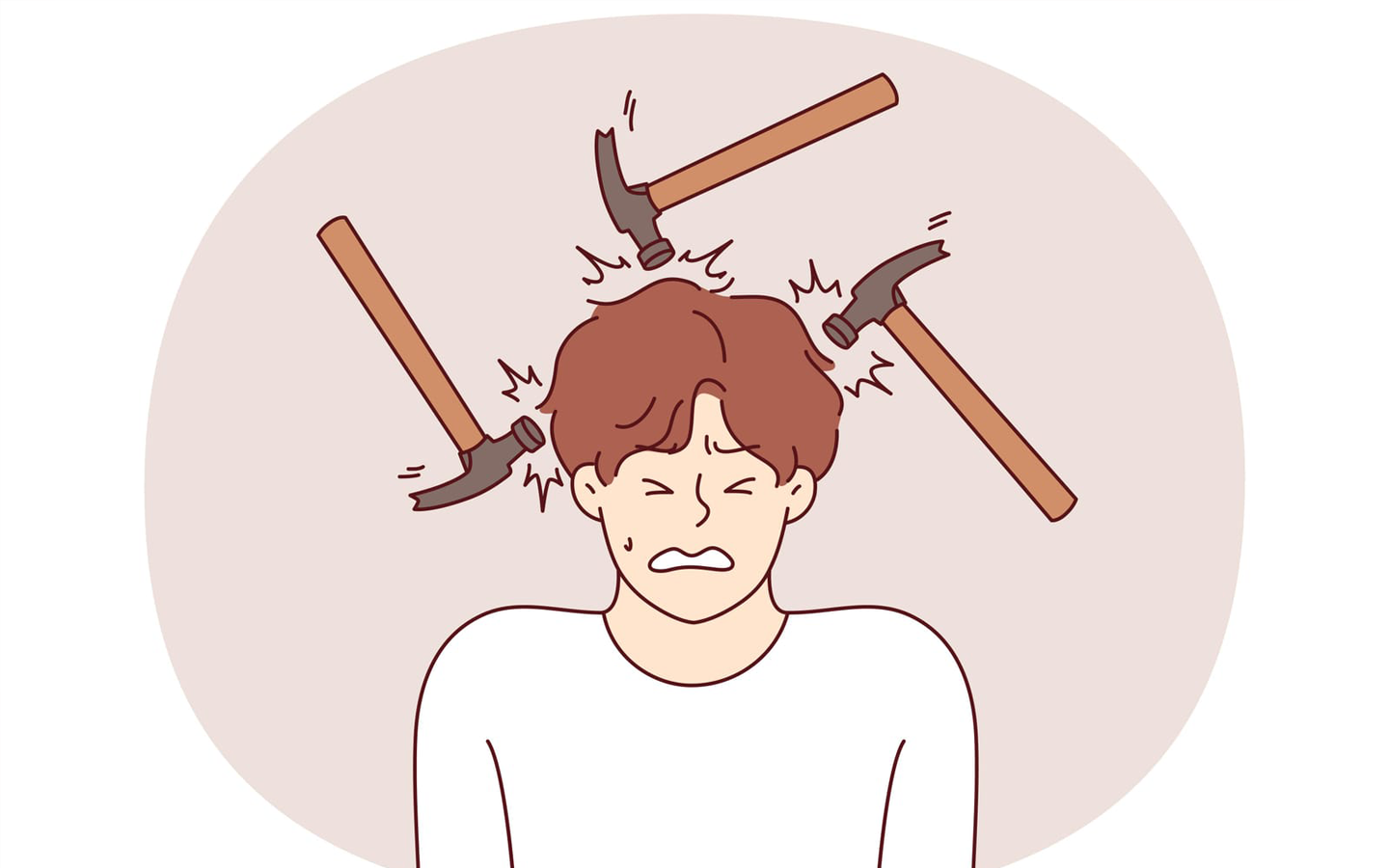
The Bottom Line
Yes — osteopathy can help relieve headaches, particularly those with a mechanical, muscular or postural component, and it can help reduce the stress cycle that always seems to follow.
But it’s not a guaranteed fix for every type of headache, especially more complex or neurological ones.
At Parkstone Osteopaths, we aim to address both the symptoms and the root physical contributors, while empowering you to break the headache-stress cycle through better habits and awareness.



